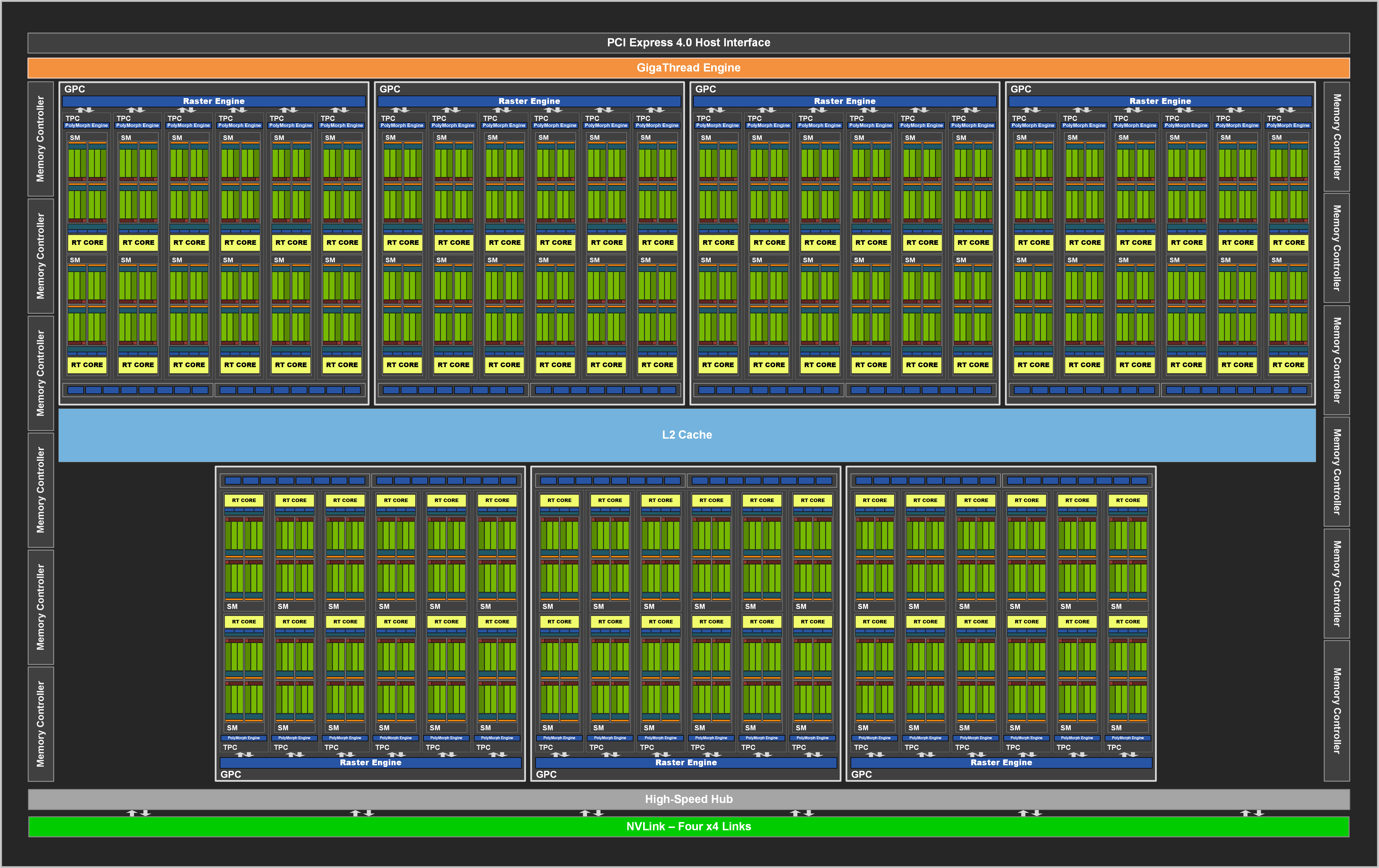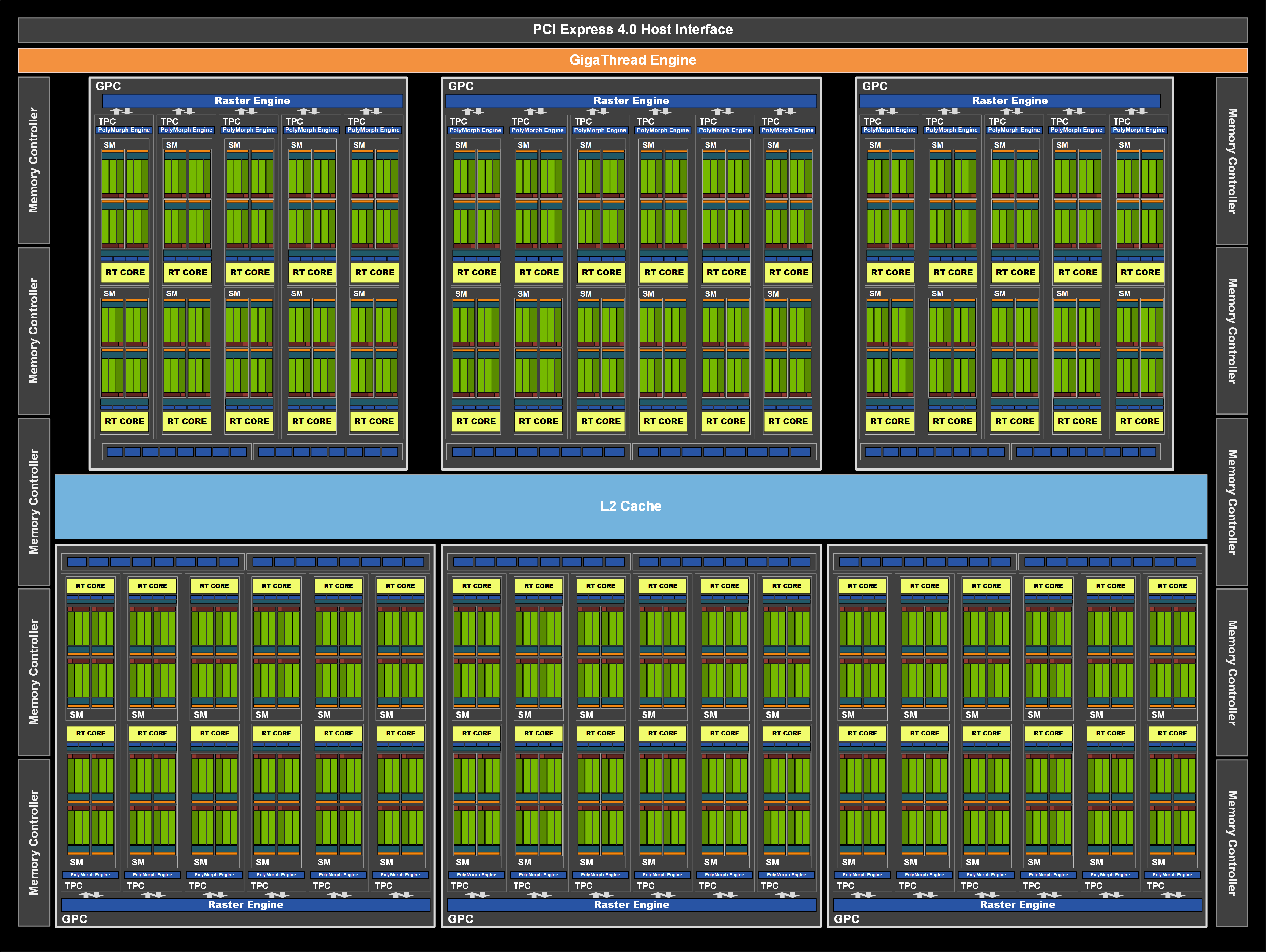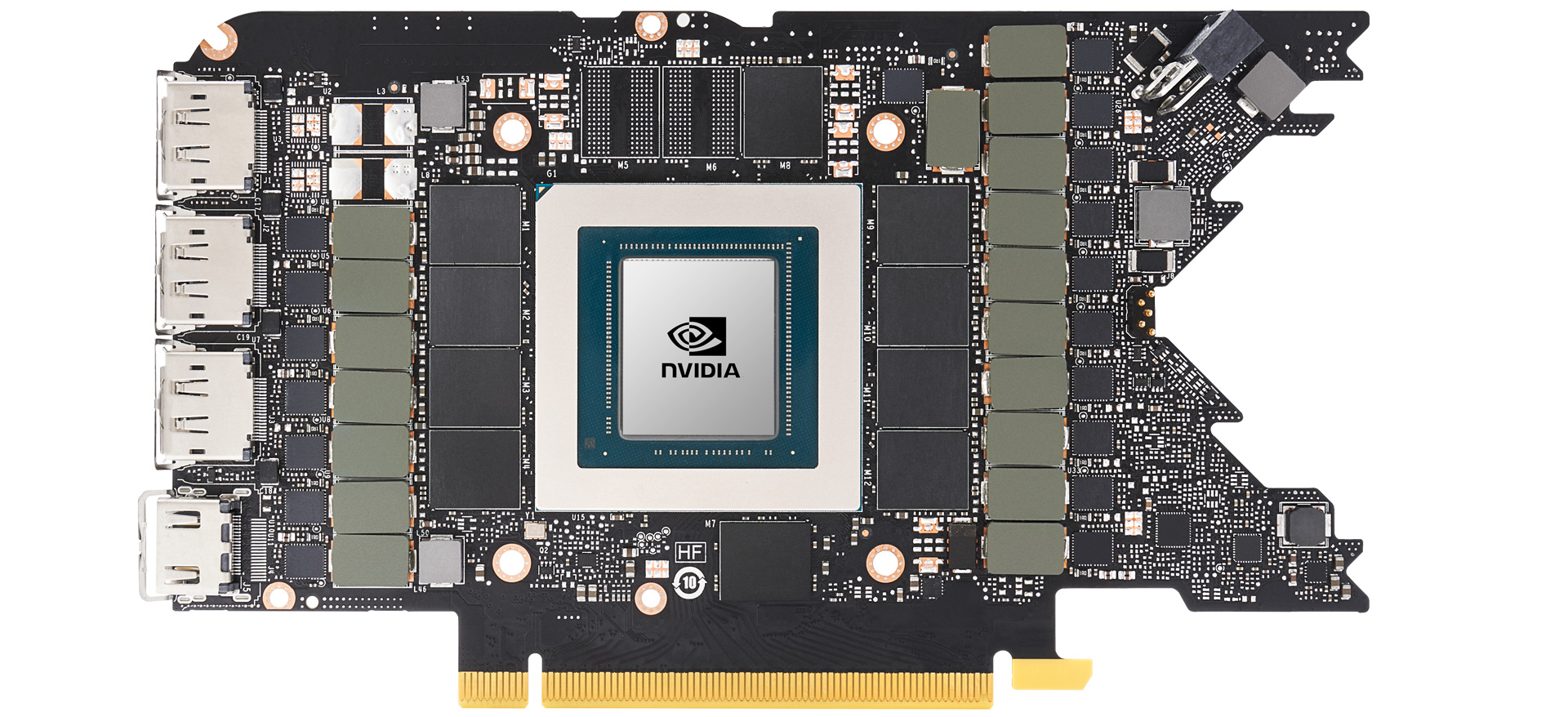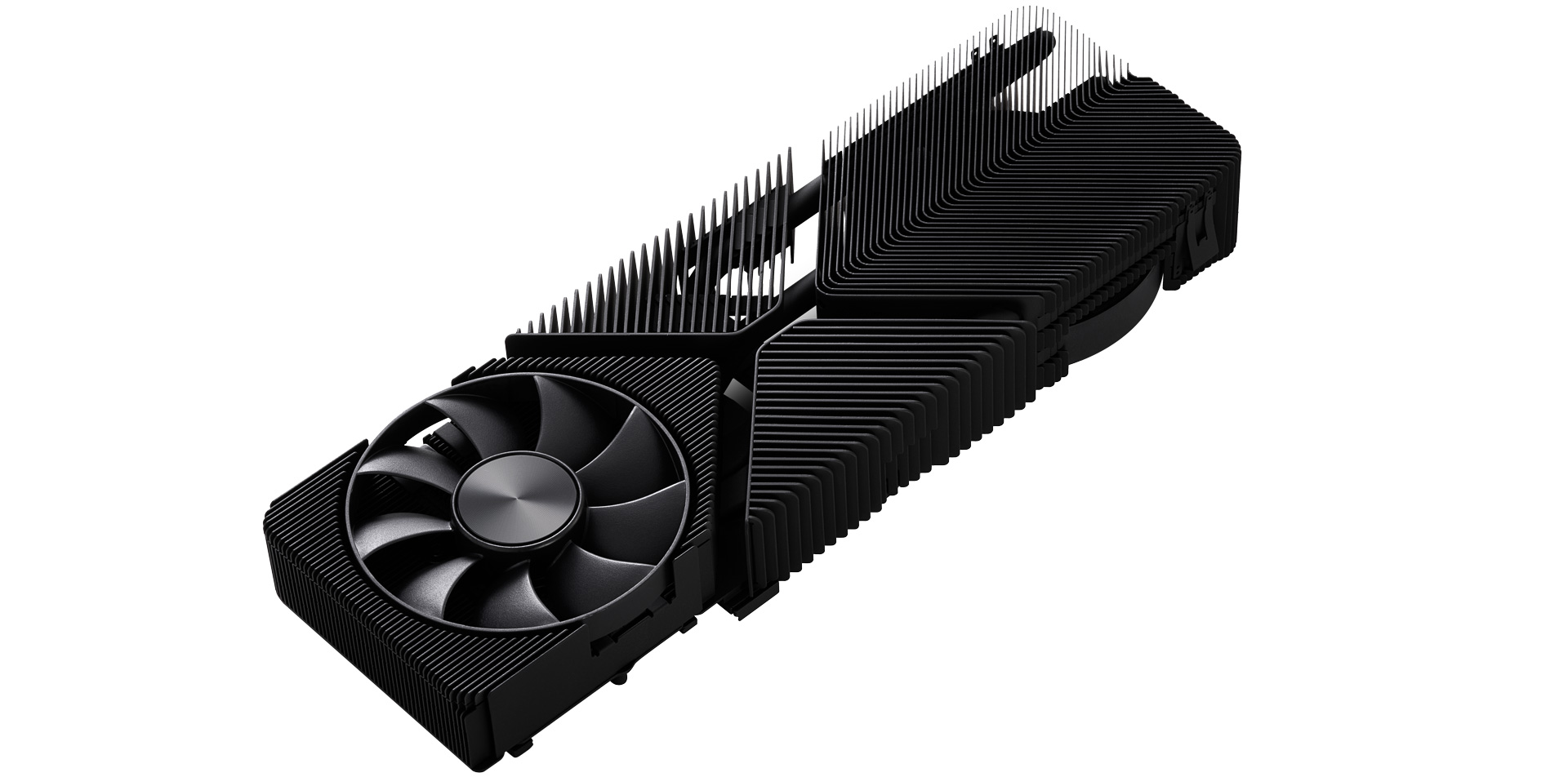Manufacturer: MSI
UK price (as reviewed): MSRP £759.99 (inc. VAT)
US price (as reviewed): MSRP $749.99 (exc. tax)
Having not been sampled by Nvidia for the RTX 3080 launch, we’ve not been able to cover it the way we would have liked. Finally, though, we’re kicking things off with a partner card review courtesy of MSI, which has sampled us the RTX 3080 Gaming X Trio. Given that it’s our first RTX 3080 review, we’ll compare it to the RTX 2080 (which launched at the same MSRP of $700) to assess the gen-on-gen improvement; the flagship card of the popular 10 Series, the GTX 1080 Ti, to help Pascal users work out if now might be the time to upgrade; and the RX 5700 XT, AMD’s closest offering at present, to see just what kind of gap AMD now has to close with the upcoming RX 6000 Series.

As MSI’s flagship RTX 3080 (for now), the Gaming X Trio comes in above MSRP, specifically £759.99 in the UK, so we’ll be diving into the features and the thermals to help you assess whether this £110 / 17% premium might be justifiable. Before that, though, let’s give the card and the new GPU some context.
Since this is our first review coverage for any Ampere GPUs, we’ll quickly sweep through the main architectural and hardware changes. Given that Ampere is an evolution of Turing, a background understanding of that architecture would be helpful – thankfully we have a detailed article to get you up to speed.
New process: Nvidia is now using a custom version of Samsung’s 8nm process to build Ampere GPUs. This means greater transistor density and more power efficiency (performance per watt).
More CUDA Cores: Nvidia has restructured the Streaming Multiprocessors (SMs), retaining the dedicated FP32 (CUDA) datapath but turning the dedicated integer datapath from Turing into one that can run either integer OR FP32 calculations (not both at once). Potential FP32 processing power is therefore twice what it was (per SM), but the advantage of this in games (where FP32 and integer calculations are needed concurrently) will depend on the workload.

New RT and Tensor Cores: The RT and Tensor Cores are now the 2nd Gen and 3rd Gen versions, respectively. On the RT side, Nvidia has doubled the triangle intersection hardware to improve performance in that metric and added a unit to help in scenes with both ray tracing and motion blur. The new Tensor Cores, meanwhile, are faster by 2x for processing dense matrices and by 4x with sparse matrices. With Ampere having half as many Tensor Cores per SM, each SM is thus at least as fast as before and up to 2x the speed with more favourable workloads.
GDDR6X: The RTX 3090 and 3080 both feature GDDR6X memory, which is itself the result of a partnership between Nvidia and Micron. Performance and efficiency improvements in the design take us to even greater heights when it comes to both the memory data rate (GDDR6X is specced to run at up to 21Gbps!) and the GPUs’ total memory bandwidth – vital for “feeding the cores”.
PCIe 4.0: Following AMD, Nvidia’s latest batch of cards have now migrated to the PCIe 4.0 standard, which offers double the bandwidth of PCIe 3.0. Right now, game workloads are essentially not bottlenecked at all by PCIe 3.0 bandwidth, so don’t feel you need an AMD X570 or B550 motherboard to “unlock” Ampere’s true performance.
While that’s by no means a complete picture of all that’s changed, it does cover the main changes that will impact the performance and marketing of the Ampere parts. It also gives you a bit of context for the specifications of the new cards, which we’ve laid out here:
| RTX 3090 | RTX 3080 | RTX 3070 | RTX 2080 Ti | RTX 2080 Super | RTX 2080 | RTX 2070 Super | |
|---|---|---|---|---|---|---|---|
| Launch date | Sep-20 | Sep-20 | Oct-20 | Sep-18 | Jul-19 | Sep-18 | Jul-19 |
| MSRP | $1,499 | $699 | $499 | $999 | $699 | $699 | $499 |
| Architecture | Ampere | Ampere | Ampere | Turing | Turing | Turing | Turing |
| Codename | GA102 | GA102 | GA104 | TU102 | TU104 | TU104 | TU104 |
| Process | 8nm | 8nm | 8nm | 12nm FFN | 12nm FFN | 12nm FFN | 12nm FFN |
| Transistors | 28.3 billion | 28.3 billion | 17.4 billion | 18.6 billion | 13.6 billion | 13.6 billion | 13.6 billion |
| Die Size | 628.4mm2 | 628.4mm2 | 392.5mm2 | 754mm2 | 545mm2 | 545mm2 | 545mm2 |
| PCIe | 4 | 4 | 4 | 3 | 3 | 3 | 3 |
| SLI | Yes | No | No | Yes | Yes | Yes | Yes |
| CUDA Cores | 10,496 | 8,704 | 5,888 | 4,352 | 3,072 | 2,944 | 2,560 |
| Tensor Cores | 328 | 272 | 184 | 544 | 384 | 368 | 320 |
| RT Cores | 82 | 68 | 46 | 68 | 48 | 46 | 40 |
| Texture Units | 328 | 272 | 184 | 272 | 192 | 184 | 160 |
| ROPs | 112 | 96 | 64 | 88 | 64 | 64 | 64 |
| L2 Cache | 5MB | 5MB | 4MB | 5.5MB | 4MB | 4MB | 4MB |
| Base Clock | 1,400MHz | 1,440MHz | 1,500MHz | 1,350MHz | 1,650MHz | 1,515MHz | 1,605MHz |
| Boost Clock | 1,695MHz | 1,710MHz | 1,725MHz | 1,545MHz | 1,815MHz | 1,710MHz | 1,770MHz |
| Peak TFLOPS | 35.6 | 29.8 | 20.3 | 13.4 | 11.2 | 10 | 9.1 |
| Memory | 24GB GDDR6X | 10GB GDDR6X | 8GB GDDR6 | 11GB GDDR6 | 8GB GDDR6 | 8GB GDDR6 | 8GB GDDR6 |
| Memory Data Rate | 19.5Gbps | 19Gbps | 14Gbps | 14Gbps | 15.5Gbps | 14Gbps | 14Gbps |
| Memory Interface | 384-bit | 320-bit | 256-bit | 352-bit | 256-bit | 256-bit | 256-bit |
| Memory Bandwidth | 936GB/s | 760GB/s | 448GB/s | 616GB/s | 496.1GB/s | 448GB/s | 448GB/s |
| TDP | 350W | 320W | 220W | 250W | 250W | 215W | 215W |
Despite the architectural changes, the RTX 3000 Series is still in part something of a brute-force approach to raising performance, and the RTX 3080 is a perfect example. While its GA102 GPU is nowhere near fully-enabled (not even RTX 3090 has this), it is a much bigger and denser GPU than the RTX 2080’s TU104, and boy, does it show. There are big increases to the counts of CUDA Cores, Texture Units, and L2 cache, all of which are useful in any game, and the increased ROPs and the use of more and faster memory with two additional memory controllers means the back-end has been suitably widened as well. Comparing numbers like this when the architecture has changed isn’t especially useful for indicating performance differences, of course, but it serves to illustrate the ‘more of everything’ approach that Nvidia has taken.

For RTX-specific workloads, there’s a 48% increase in RT Cores (which can run faster too, remember), and while Tensor Cores are clearly the thing that had to give, having decreased from 368 to 272, recall that each one is 2-4x faster than before – performance is still up.
The final piece of the performance puzzle is clock speed, and the RTX 3080 is a match for the RTX 2080 here, at least on boost speed. The specs above do show the reference-level speeds, it should be noted; the RTX 2080 Founders Edition had a 90MHz higher boost clock than reference, but Nvidia isn’t doing any such shenanigans with this launch. The lower base clock suggests a less aggressive curve on the new part, but generally speaking, Nvidia is running a hell of a lot more hardware at the same(ish) clock speeds.

All of which brings us to power, which is the real kicker: The RTX 3080 needs juice the way Jensen needs leather. The TDP at 320W is massive, a whole 105W (49%) higher than the RTX 2080 and 70W more than even the RTX 2080 Ti. That’s not to say the new process isn’t doing anything – we shudder to think what the same GPU built on 12nm FFN would cost in power (and size) if it were even possible – but rather to highlight that this is a ‘more with more’ launch rather than a ‘more with less’ one.

This dramatic increase in power consumption necessitated a rethink of the Founders Edition cooling solution. The RTX 3080 FE uses a very cramped PCB to leave as much room as possible for cooling, and the big change is of course the use of independent push-pull fans. With one fan pulling air through the cooler and expelling it out the other side, Nvidia’s design actually alters case airflow dynamics.

Since we don’t have a Founders Edition card, our information on it comes from trusted sources within our family. The consensus thus far seems to be largely positive. The industrial design has won favour for build quality and efficiency of space (i.e. nearly all the used space is functional and helps with cooling), and it’s regarded as a significant improvement in cooler design. The card isn’t perfect, mind; the 12-pin power connector makes an adaptor necessary and cable routing untidy (for now), and overclocking headroom seems very limited as well.
With Nvidia already using an impressive cooling solution and leaving the RTX 3080 with less overclocking headroom than we’re used to, the design and marketing teams of its board partners evidently have had their work cut out for them. Still, with demand for the card sky high right now, consumers are seemingly interested in any RTX 3080 they can get their hands on, all of which brings us – finally – to the card in question, the MSI RTX 3080 Gaming X Trio, which we’ve detailed over the page.

